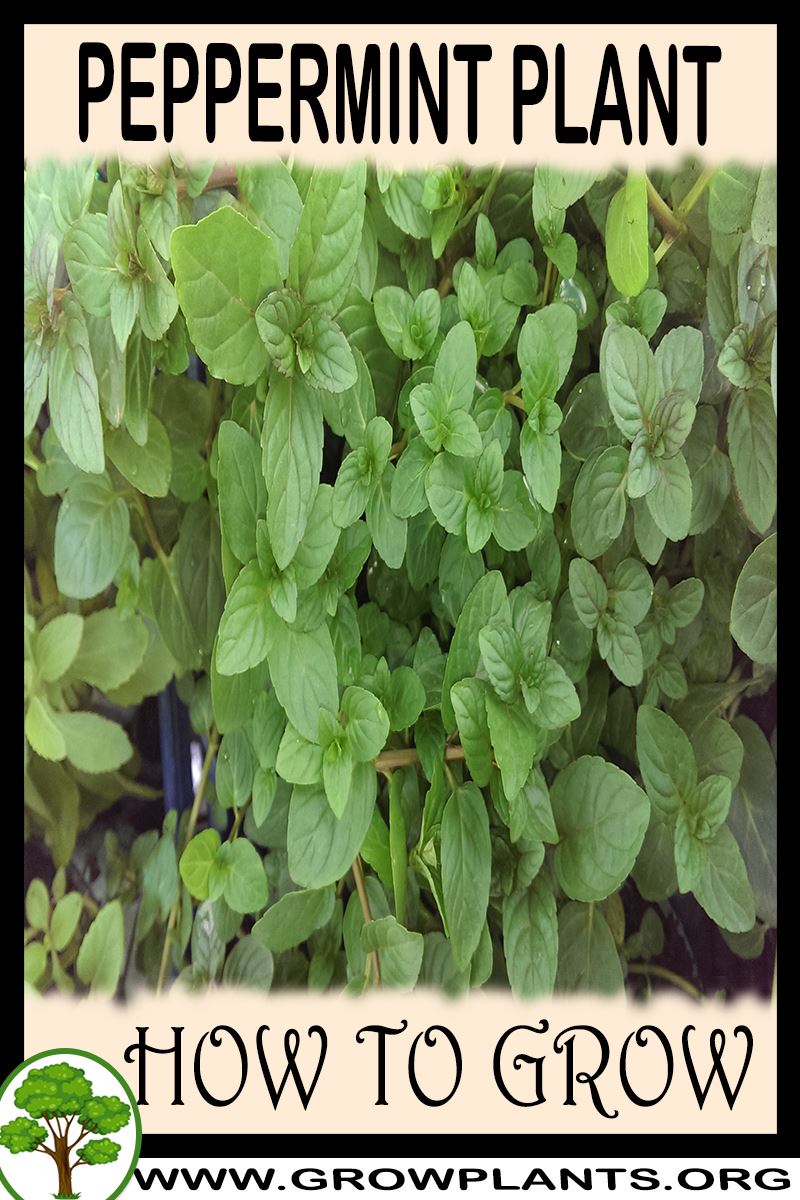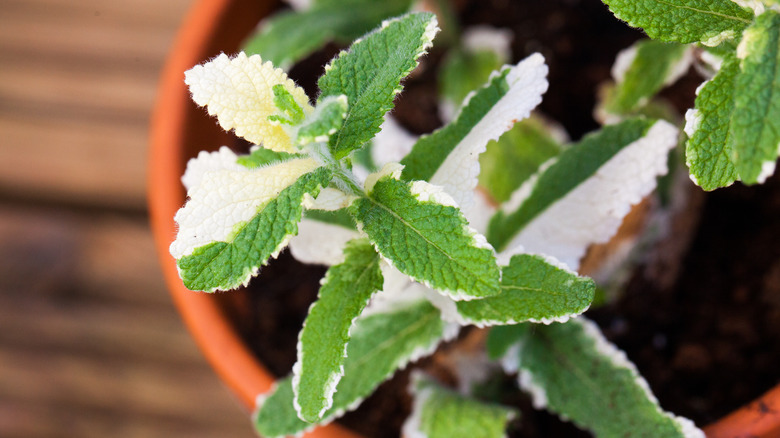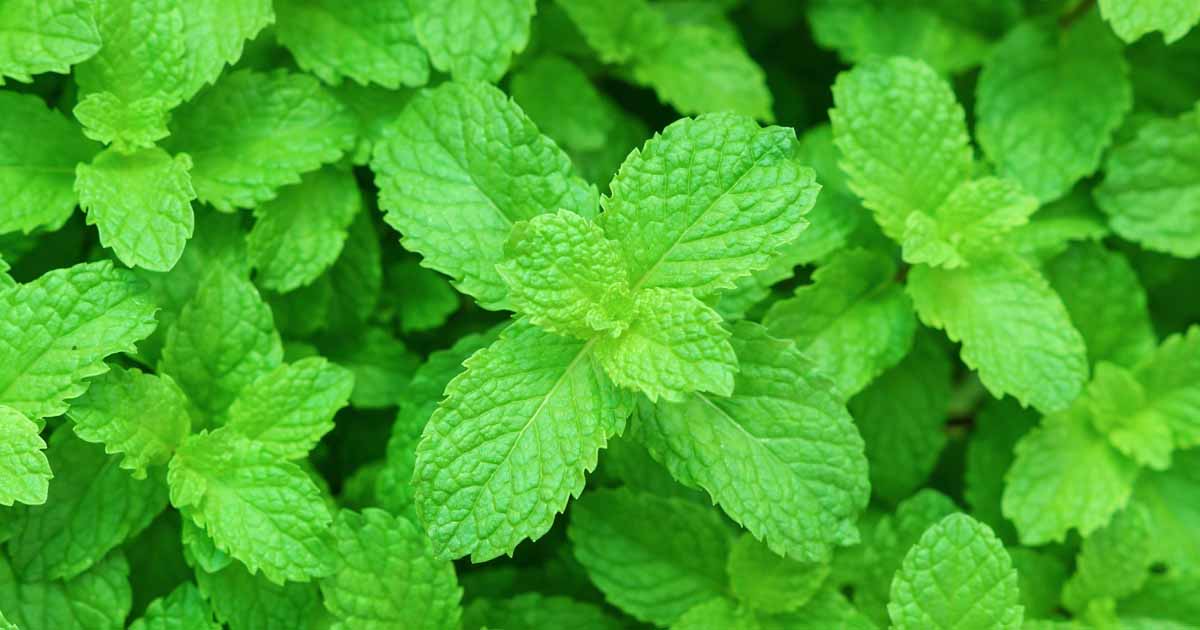Unlocking the Secrets of Peppermint Plant Care
Peppermint plants are a popular and versatile herb that can add a refreshing twist to various dishes, drinks, and even home decor. With their fragrant leaves and hardy growth habit, it’s no wonder why many gardeners and indoor plant enthusiasts want to learn how to grow peppermint plants. Whether you’re a seasoned green thumb or a beginner, cultivating peppermint plants can be a rewarding experience. In this article, we’ll delve into the world of peppermint plant care, providing you with a comprehensive guide on how to grow peppermint plants that thrive.
From choosing the right environment to troubleshooting common issues, we’ll cover the essential steps to help you become a peppermint plant expert. By the end of this article, you’ll be equipped with the knowledge to grow healthy and fragrant peppermint plants that will elevate your cooking, teas, and home ambiance. So, let’s dive into the world of peppermint plant care and explore the secrets to growing these incredible plants.
Choosing the Right Environment for Your Peppermint Plants
When it comes to growing peppermint plants, the environment plays a crucial role in their success. Peppermint plants prefer partial shade to full sun, depending on the climate and region. In warmer climates, it’s essential to provide some shade to prevent scorching, while in cooler climates, full sun can promote healthy growth.
In terms of temperature, peppermint plants thrive in temperatures between 60°F to 80°F (15°C to 27°C). Avoid placing them in areas with extreme temperatures, such as near heating vents or drafty windows. Humidity is also important, as peppermint plants prefer a relatively high humidity level, typically above 50%.
When selecting a location for your peppermint plants, consider the air circulation and wind direction. Peppermint plants can be sensitive to strong winds, which can cause damage to the leaves and stems. If you’re growing peppermint plants indoors, choose a spot with good air circulation to prevent fungal diseases.
By providing the right environment for your peppermint plants, you’ll be well on your way to growing healthy and fragrant plants that will thrive in your garden or indoor space. Remember to research specific growing conditions for your region and climate to ensure the best results.
Preparing the Soil for Optimal Peppermint Growth
Soil quality is a crucial factor in growing healthy and thriving peppermint plants. Peppermint plants prefer well-draining soil that is rich in organic matter. A mix of compost, peat moss, and perlite can provide the ideal balance of nutrients and drainage.
The pH level of the soil is also important, as peppermint plants prefer a slightly acidic to neutral soil pH, ranging from 6.0 to 7.0. If your soil is too alkaline, you can add elemental sulfur or peat moss to lower the pH. Conversely, if your soil is too acidic, you can add lime to raise the pH.
Fertilization is also essential for peppermint plant growth. A balanced fertilizer with a ratio of 10-10-10 (nitrogen-phosphorus-potassium) can provide the necessary nutrients for healthy growth. However, avoid over-fertilizing, as this can lead to weak and leggy growth.
When preparing the soil for peppermint plants, it’s also important to consider the soil’s texture and structure. Peppermint plants prefer a loose and well-draining soil that allows for good root growth. If your soil is heavy clay or sandy, you can add organic matter such as compost or well-rotted manure to improve its structure.
By preparing the soil properly, you can provide your peppermint plants with the best possible start in life. Remember to test your soil regularly to ensure it’s providing the necessary nutrients for optimal growth.
Propagating Peppermint Plants: Seeds, Cuttings, or Division
Propagating peppermint plants is a relatively easy process that can be done through seeds, cuttings, or division. Each method has its own advantages and disadvantages, and the choice of method depends on the desired outcome and the resources available.
Starting from seeds is a cost-effective and efficient way to propagate peppermint plants. Peppermint seeds can be sown directly into the soil in the spring or fall, and they typically germinate within 1-2 weeks. However, seed-grown peppermint plants may not retain the same characteristics as the parent plant, and they may require more time to mature.
Taking cuttings is another popular method of propagating peppermint plants. This method involves cutting off a section of stem from a mature peppermint plant, removing lower leaves, and planting it in a pot or directly into the soil. Cuttings typically root within 1-2 weeks and can produce a new plant within a few months.
Dividing established peppermint plants is a simple and effective way to propagate new plants. This method involves digging up a mature peppermint plant, separating the roots, and replanting the separated sections. Division can be done in the spring or fall, and it typically produces new plants with the same characteristics as the parent plant.
Regardless of the method chosen, it’s essential to provide the new plants with the right conditions to thrive. This includes providing adequate light, water, and nutrients, as well as protecting the plants from pests and diseases.
By propagating peppermint plants using one of these methods, you can easily multiply your plants and share them with friends and family. With a little practice and patience, you can become a skilled peppermint plant propagator and enjoy the many benefits of growing these versatile and fragrant herbs.
Watering and Mulching for Healthy Peppermint Plants
Proper watering and mulching techniques are crucial for the health and well-being of peppermint plants. Peppermint plants prefer moist soil, but overwatering can be detrimental to their growth. To avoid waterlogged soil, it’s essential to water peppermint plants correctly. Water them when the top inch of soil feels dry to the touch, usually every 2-3 days during hot weather and once a week during cooler months.
When watering peppermint plants, make sure to water at the base of the plant, avoiding the leaves to prevent fungal diseases. Use a drip irrigation system or soaker hose to deliver water directly to the roots, reducing evaporation and runoff. Avoid getting water on the leaves or crown of the plant, as this can lead to rot and other problems.
Mulching is another critical aspect of peppermint plant care. Mulch helps retain moisture in the soil, suppress weeds, and regulate soil temperature. Use a 2-3 inch layer of organic mulch, such as straw, bark chips, or grass clippings, around the base of the plant. Keep the mulch a few inches away from the plant’s crown to prevent rot and other issues.
Some additional tips for watering and mulching peppermint plants include:
- Avoid watering peppermint plants during the hottest part of the day to prevent scorching the leaves.
- Use a moisture meter to check the soil moisture levels, especially during periods of drought or extreme weather.
- Replenish the mulch as needed to maintain a consistent layer and prevent weeds from growing.
- Consider using a self-watering pot or a pot with good drainage holes to prevent waterlogged soil.
By following these watering and mulching tips, you’ll be well on your way to growing healthy and thriving peppermint plants. Remember to monitor your plants regularly and adjust your watering and mulching schedule as needed to ensure optimal growth and flavor. With proper care, your peppermint plants will provide you with a bountiful harvest of fragrant and delicious leaves for years to come.
Pest and Disease Management for Peppermint Plants
Peppermint plants are generally hardy and resistant to pests and diseases, but they can still be susceptible to certain issues. Regular monitoring and maintenance can help prevent problems, but it’s essential to know how to identify and address common pests and diseases that can affect peppermint plants.
Common pests that can affect peppermint plants include:
- Spider mites: These tiny, spider-like insects can cause yellowing or bronzing of leaves. Use neem oil or insecticidal soap to control infestations.
- Mealybugs: These small, white insects can secrete a sticky substance that attracts ants. Use neem oil or insecticidal soap to control infestations.
- Aphids: These small, soft-bodied insects can cause curled or distorted leaves. Use neem oil or insecticidal soap to control infestations.
Common diseases that can affect peppermint plants include:
- Root rot: This fungal disease can cause roots to rot, leading to yellowing or wilting of leaves. Improve drainage and avoid overwatering to prevent root rot.
- Leaf spot: This fungal disease can cause small, circular spots to form on leaves. Use copper-based fungicides or remove infected leaves to control the disease.
- Powdery mildew: This fungal disease can cause a white, powdery coating to form on leaves. Use neem oil or fungicides to control the disease.
To prevent pests and diseases, use the following integrated pest management (IPM) strategies:
- Inspect plants regularly for signs of pests or diseases.
- Use physical barriers, such as fine-mesh screens, to prevent pests from reaching plants.
- Practice good sanitation, such as removing weeds and debris, to reduce the risk of disease.
- Use organic or chemical controls, such as neem oil or fungicides, as a last resort.
By following these IPM strategies and being aware of common pests and diseases, you can help keep your peppermint plants healthy and thriving. Remember to always read and follow the label instructions when using any pesticides or fungicides, and take necessary precautions to avoid exposure.
When growing peppermint plants, it’s essential to remember that prevention is key. By providing optimal growing conditions, monitoring for pests and diseases, and using IPM strategies, you can reduce the risk of problems and enjoy a bountiful harvest of fragrant and delicious peppermint leaves.
Pruning and Harvesting Peppermint Plants for Maximum Flavor
Regular pruning and harvesting are essential for maintaining the health and flavor of peppermint plants. Pruning encourages bushy growth, prevents flowering, and promotes root development, while harvesting helps to control the plant’s size and encourages new growth.
To prune peppermint plants, follow these steps:
- Pinch off flower buds as they form to direct the plant’s energy towards leaf growth.
- Remove any leggy or damaged stems to maintain the plant’s shape and promote healthy growth.
- Cut back the plant by one-third to one-half after harvesting to encourage new growth and prevent the plant from becoming leggy.
Harvesting peppermint leaves is a simple process that can be done at any time of the year. To harvest peppermint leaves, follow these steps:
- Choose healthy, fragrant leaves with no signs of damage or disease.
- Pinch or cut off individual leaves or stems as needed, or harvest the entire plant by cutting it back to the base.
- Use scissors or pinch off leaves with your fingers to avoid damaging the plant.
Peppermint leaves can be used in a variety of ways, including:
- Cooking: Add fresh peppermint leaves to salads, drinks, and desserts for a burst of flavor and fragrance.
- Teas: Steep fresh or dried peppermint leaves in hot water to make a soothing and refreshing tea.
- Crafts: Use peppermint leaves to make potpourri, wreaths, and other craft projects.
When harvesting peppermint plants, it’s essential to remember that the leaves are at their most fragrant and flavorful just before the plant flowers. Regular harvesting will encourage the plant to produce new growth and prevent it from flowering.
By pruning and harvesting peppermint plants regularly, you can enjoy a bountiful harvest of fragrant and delicious leaves all year round. Whether you use them in cooking, teas, or crafts, peppermint leaves are a versatile and refreshing addition to any garden or indoor space.
When learning how to grow peppermint plants, it’s essential to remember that pruning and harvesting are critical components of peppermint plant care. By following these simple steps, you can enjoy a healthy and productive peppermint plant that provides you with a continuous supply of fragrant and flavorful leaves.
Troubleshooting Common Issues with Peppermint Plants
While peppermint plants are relatively easy to grow, they can still be susceptible to certain issues. By identifying and addressing these problems early on, you can help prevent them from becoming more serious and ensure your







